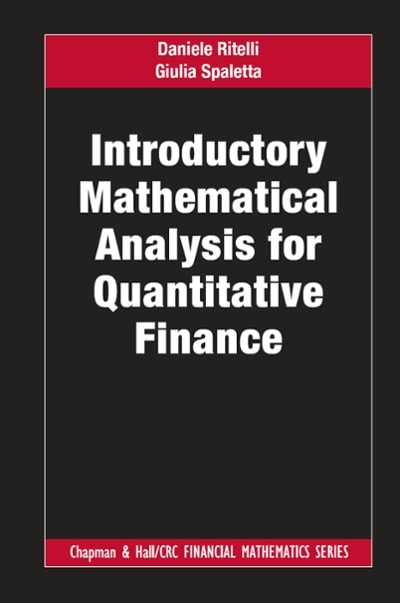Question
You are a contestant on a television game show. Before you are three closed doors. One of them hides a car, which you want to



You are a contestant on a television game show. Before you are three closed
doors. One of them hides a car, which you want to win; the other two hide
goats (which you do not want to win).
First you pick a door. The door you pick does not get opened immediately.
Instead, the host opens one of the other doors to reveal a goat. He will then
give you a chance to change your mind: you can switch and pick the other
closed door instead, or stay with your original choice. To make things more
concrete without losing generality concentrate on the following situation
(a) You have chosen the first door.
(b) The host opens the third door, showing a goat.
If you dont switch doors, what is the probability of wining the car? If you
switch doors, what is the probability of wining the car? Should you switch
doors?
14. Linda is 31 years old, single, outspoken and very bright. She majored in
philosophy. As a student she was deeply concerned with issues of discrimination and social justice, and also participated in anti-nuclear demonstrations. Which is more probable?
(a) Linda is a bank teller?
(b) Linda is a bank teller who is active in the feminist movement?
1. A teacher wishes to know whether the males in his/her class have more
conservative attitudes than the females. A questionnaire is distributed assessing
attitudes and the males and the females are compared. Is this an example of
descriptive or inferential statistics?
2. A cognitive psychologist is interested in comparing two ways of presenting
stimuli on sub- sequent memory. Twelve subjects are presented with each method
and a memory test is given. What would be the roles of descriptive and
inferential statistics in the analysis of these data?
3. If you are told only that you scored in the 80th percentile, do you know from
that description exactly how it was calculated? Explain.
4. A study is conducted to determine whether people learn better with spaced or
massed practice. Subjects volunteer from an introductory psychology class. At
the beginning of the semester 12 subjects volunteer and are assigned to the
massed-practice condition. At the end of the semester 12 subjects volunteer and
are assigned to the spaced-practice condition. This experiment involves two
kinds of non-random sampling: (1) Subjects are not randomly sampled from
some specified population and (2) subjects are not randomly assigned to
conditions. Which of the problems relates to the generality of the results? Which
of the problems relates to the validity of the results? Which problem is more
serious?
5. Give an example of an independent and a dependent variable.
6. Categorize the following variables as being qualitative or quantitative:
Rating of the quality of a movie on a 7-point scale
Age
Country you were born in
Favorite Color
Time to respond to a question




Step by Step Solution
There are 3 Steps involved in it
Step: 1

Get Instant Access to Expert-Tailored Solutions
See step-by-step solutions with expert insights and AI powered tools for academic success
Step: 2

Step: 3

Ace Your Homework with AI
Get the answers you need in no time with our AI-driven, step-by-step assistance
Get Started


